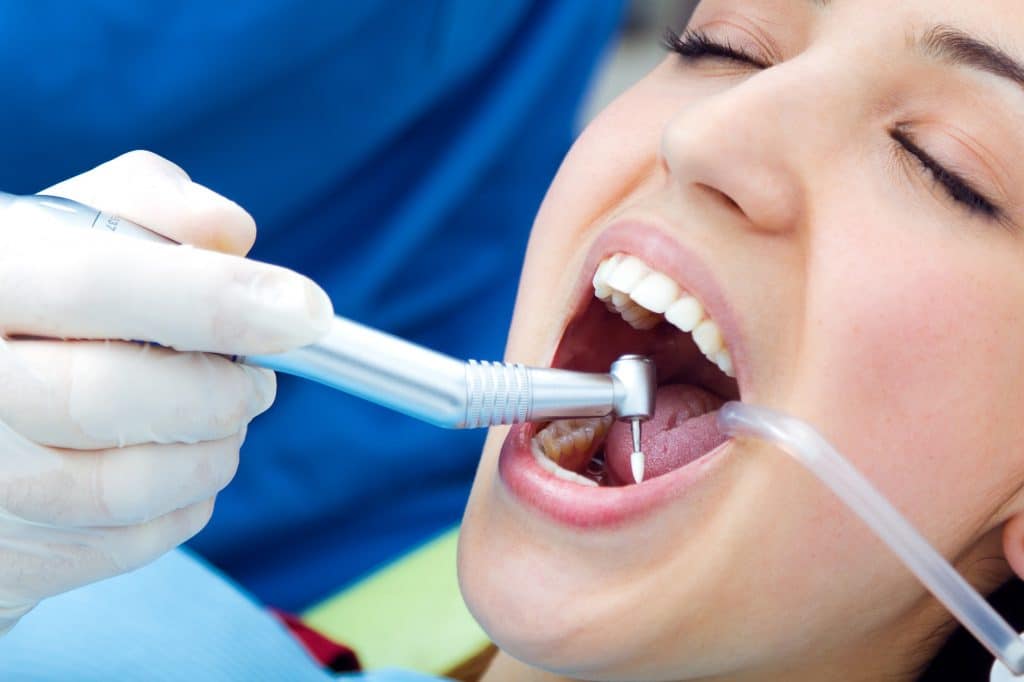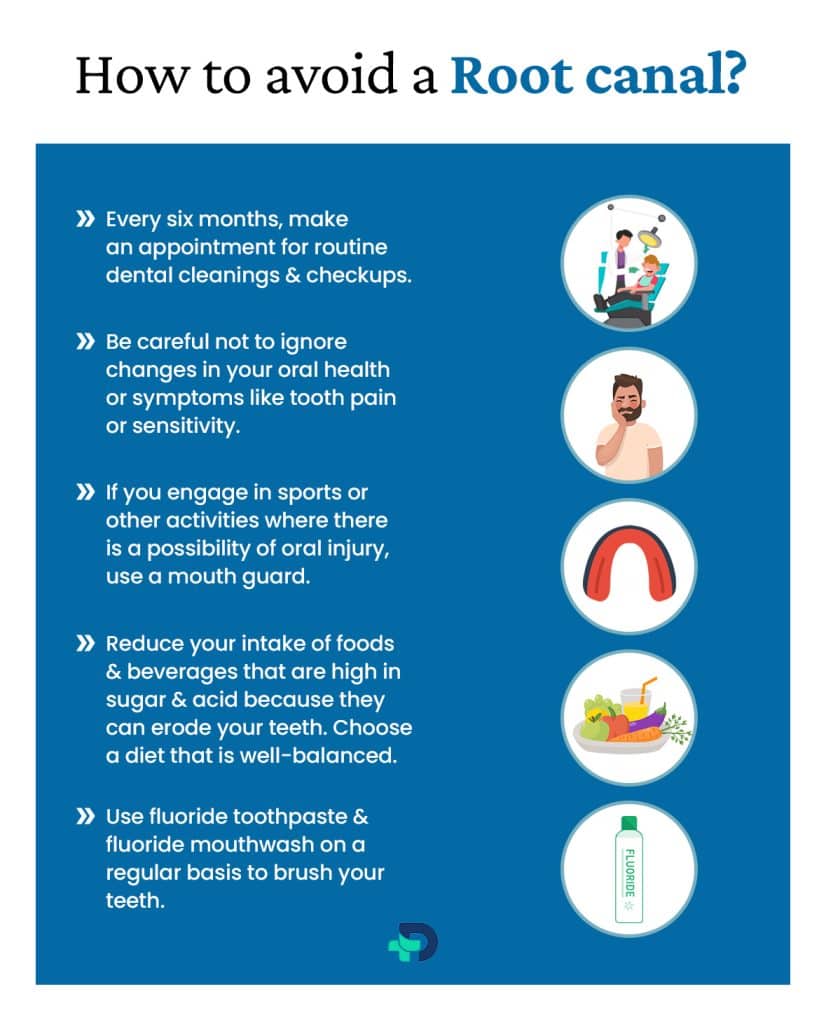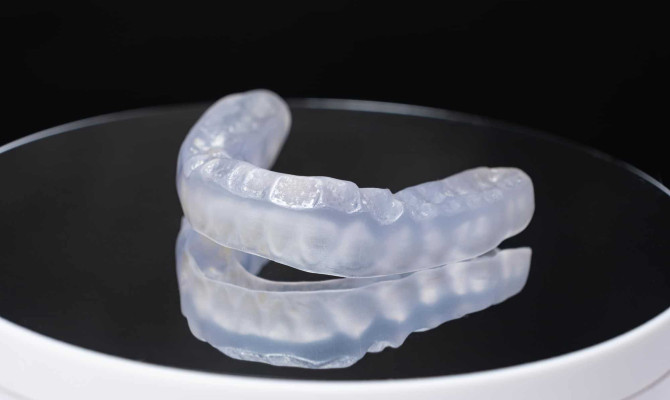Root Canal Treatment: Reasons, Symptoms, and Prevention

- Root Canal
- 17 Aug 2023
Overview
About Root Canal
Only some procedures in the field of oral health are as misunderstood and feared as the root canal. Many experience shivers at merely mentioning these two words, which bring up visions of extreme pain and intrusive dental procedures. But it’s time to expose the myths and correct the record.
A root canal procedure is a series of medical interventions used to treat infected pulp in teeth. Its goal is to clear up the infection and shield the cleaned tooth from further infection by microbes.
We will delve into the world of root canals in this article, looking at their function, the reasons why they are necessary, and what patients can anticipate before and after the procedure.

Reasons
What are the reasons of Root canal?
- Tooth decay
- Dental trauma
- Deep dental fillings
- Dental abscess
- Cracked or fractured tooth
- Repeated dental procedures
They are often needed when the tooth’s pulp—it’s interior—becomes diseased or damaged. The necessity for a root canal procedure may result from several events.
Recurrent tooth decay
- This is one of the most common causes of root canal issues. Bacteria may enter the inner chamber when a cavity forms and reaches the pulpal stage, causing an infection and inflammation.1Reasons| Researched based study from Nlm.nih.gov
Trauma
- Pulp injury can occur in teeth with severe trauma, such as a fracture or a hard impact. A root canal may be necessary to restore the tooth’s health if the forceful blow damages the blood vessels and nerves inside the tooth.
Deep dental fillings
- Deep or large fillings can sometimes lead to issues. The pulp tissue may become irritated, inflamed, damaged, or infected if the filling is too close to or extends into the pulp.
Tooth infection
- The area of infection that develops near a tooth’s root is an abscess. It frequently happens due to chronic gum disease or untreated tooth decay.
- If the infection spreads to the pulp, a root canal may be necessary to remove the damaged tissue and prevent further issues.1Reasons| Researched based study from Nlm.nih.gov
Damaged tooth
- Cracked or broken teeth can provide an opening for microorganisms to enter the pulp, resulting in an infection and inflammation.
- In these situations, a root canal is frequently used to treat the injured pulp and preserve the tooth’s structure.1Reasons| Researched based study from Nlm.nih.gov
Repeated dental procedures
- Complications can occasionally occur over time in teeth with many dental treatments, such as fillings or crowns.
- As a result, the tooth may become more brittle and more vulnerable to pulp infection or injury.
It’s crucial to remember that not every instance of dental infection or damage calls for a root canal. Alternative treatments, like antibiotics or simple repairs, may work in some cases.1Reasons| Researched based study from Nlm.nih.gov
Symptoms
What are the symptoms of needing a Root canal treatment?
- Persistent toothache
- Sensitivity to hot and cold
- Gum swelling and tenderness
- Tooth discoloration
- Painful chewing
- Prolonged sensitivity
- Loose tooth
Different symptoms, which can differ from person to person, won’t appear in every case. However, a few typical signs could indicate the requirement for a root canal procedure. Here are a few examples:
Severe and ongoing tooth pain
- This is frequently the initial sign of a tooth pulp problem. When you bite down on or put pressure on the impacted tooth, the pain, which may be throbbing or intense, can worsen.1Symptoms| Researched based study from Nlm.nih.gov
Sensitivity
- Even if the source of stimulation is eliminated, increased sensitivity to hot or cold food might be a symptom of pulp inflammation or infection.1Symptoms| Researched based study from Nlm.nih.gov
Gum pain and swelling
- The gums around the damaged tooth could become inflamed and sensitive. The gums could become swollen, red, or even grow bulges resembling a pimple near the affected area.
Darkening of the tooth
- Darkening or staining of the teeth may indicate that the pulp is harmed or dying. The tooth may appear grey, black, or yellow compared to the adjacent teeth.
Chewing that hurts
- It may be a symptom of an underlying issue needing a root canal if chewing straight down significantly hurts a tooth.1Symptoms| Researched based study from Nlm.nih.gov
Lasting sensitivity
- Even when the stimulation is stopped, a tooth may remain sensitive to heat or cold for an extended time. This can indicate that the pulp is weakened.
Missing tooth
- Due to the harm done to the supporting tissues and tissues in the area, an infected tooth may become loose.1Symptoms| Researched based study from Nlm.nih.gov
The Procedure
How is a Root canal procedure performed?
Consultation and examination
- Making an appointment for a consultation with a dentist or endodontist is the first step. To evaluate whether a root canal is required, to diagnose the case they will inspect your tooth, take X-rays, and talk to you about your symptoms. 3Procedure| Researched based study from Aae.org
Numbing the area
- The dentist will use local anesthesia to numb the impacted tooth’s surrounding area. This ensures that you won’t feel any pain while having the process done. 3Procedure| Researched based study from Aae.org
Accessing the pulp
- Once the area has been numbed and safeguarded, the dentist will create a tiny hole in the tooth’s crown to access the pulp.
Taking out the diseased pulp
- The dentist delicately removes the infected or injured pulp tissue using specialized tools. This action is essential for eliminating the infection and stopping its spread. 3Procedure| Researched based study from Aae.org
Cleaning and shaping the canals
- After extracting the pulp, the dentist thoroughly disinfects and cleans the root canals.
- Tiny files will be used to shape them, ensuring all waste and contaminated material are eliminated.
The canals being filled
- A biocompatible substance is subsequently used to plug the canals, preventing reinfection.
Tooth filling
- Strengthening and protecting the tooth afterward with a dental crown or filling could be necessary.
It’s important to remember that every patient’s experience will be unique, and the intricacy of the operation may vary depending on the state of the tooth. Ensuring you follow their advice and practice proper dental hygiene can aid in your recovery. 3Procedure| Researched based study from Aae.org
Follow-up
After-care instructions and follow-ups for Root canal therapy
To ensure proper healing and the long-term success of the therapy, you must adhere to the post-care guidelines. Here are some recommendations:
Anxiety and sensitivity
- A few days after the surgery, it is typical to feel some sensitivity or minor discomfort in the treated tooth and surrounding area.
- Over-the-counter analgesics can treat any type of pain. Before the follow-up session, avoid biting down on the treated tooth.
Oral hygiene
- Maintaining good oral health requires daily tooth brushing and flossing.
- To relieve any swelling or irritation, rinse your mouth out several times a day with warm saltwater.
Follow-ups
- Attend all of your planned dental follow-up appointments.
- They will evaluate the healing process and decide whether further treatment, such as a crown or permanent filling, is necessary during this visit.
Report any issues.
- Contact your dentist immediately if you suffer severe or worsening pain, swelling, or other unusual symptoms. 3Follow-ups| Researched based study from Aae.org
What to eat after a root canal?
- A permanent filling or crown should be placed on the tooth before biting on sticky or hard foods on the side of the tooth where the root canal was done.
- Choose softer foods and avoid extremely hot or cold beverages until sensitivity disappears. 3Follow-ups| Researched based study from Aae.org
Risks
Risks and complications of a Root canal
Infection
- Rarely, despite receiving treatment, an infection may recur or grow differently.
Possible incomplete removal of infected tissue
- The pulp tissue that is diseased or damaged may not be removed entirely. This may result in persistent symptoms or a need for extra care.
Damage to nearby structures
- The procedure could harm the nearby teeth, nerves, or blood vessels.
A fractured root
- Sometimes, during or after a root canal operation, the tooth’s treated root can break.
Discomfort and pain following treatment
- It is typical to feel some sensitivity or discomfort in the treated tooth’s vicinity.
- Over-the-counter pain relievers can reduce this, which is often transitory.
Need for retreatment
- In some cases, the treated tooth may not heal entirely or may later develop a new infection.
- This can call for retreatment, which involves repeating the entire process.
Most root canal treatments are successful and problem-free; these hazards are uncommon.2Risks| Researched based study from Nlm.nih.gov
Prevention

How to avoid a Root canal?
- Every six months, make an appointment for routine dental cleanings and checkups. Regular dental checkups enable the early identification and treatment of any dental problems before they become more serious.
- Be careful not to ignore changes in your oral health or symptoms like tooth pain or sensitivity. To address the issue, schedule a visit with your dentist as soon as possible.
- If you engage in sports or other activities where there is a possibility of oral injury, use a mouth guard.
- Reduce your intake of foods and beverages that are high in sugar and acid because they can erode your teeth. Choose a diet that is well-balanced.
- Use fluoride toothpaste and fluoride mouthwash on a regular basis to brush your teeth. It makes tooth enamel more vital and more resistant to decay.3Prevention| Researched based study from Aae.org
Any feedback on this article?
 This Articles content was accurate
This Articles content was accurate Very Informative Article
Very Informative Article I have a question or a comment
I have a question or a comment
 This article contains inaccurate content
This article contains inaccurate content This article was not helpful
This article was not helpful I have a question or a comment
I have a question or a comment
We appreciate your helpful feedback!
Checkout our social pages
References
-
National Library of Medicine
Root-Canal Therapy: A Means of Treating Oral Pain and Infection | Reasons | Symptoms
-
National Library of Medicine
Failure of endodontic treatment: The usual suspects | Risks
-
American Association of Endodontists
Root Canal Explained | Procedure | Follow Up




































